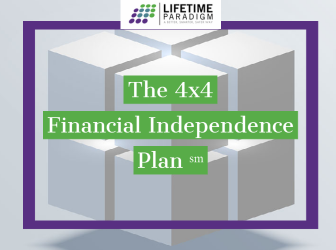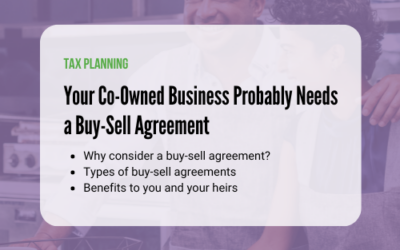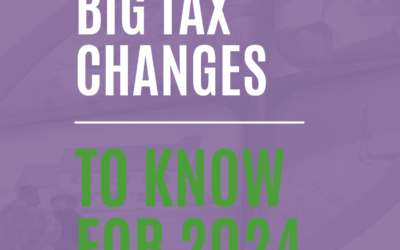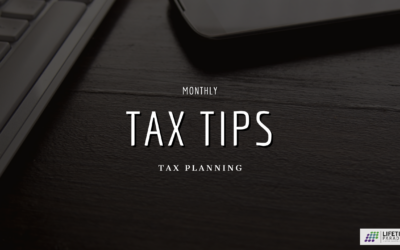Financial Independence
A Better Perspective
Podcast
Episode 20 Seller Financing and Other Ways to Fund your Real Estate Investments
Presented by Lance Edwards and Randy Luebke
In this episode of “Financial Independence – A Better Perspective”, Lance and Randy discuss how budding real estate investors can overcome one of their primary fears: Where to find the funds they need. They talk about the various ways to raise capital and the importance of seller financing.
What you’ll learn in this episode:
- The #1 question Lance gets from people looking to get started in real estate is: “Where do I get the money?” Many people are unnecessarily cheating themselves out of opportunities because of this fear and limiting belief. It keeps them from getting started.
- Lance advocates for seller financing, which means the seller acts as the bank. They don’t need cash for the property. They’ll take monthly payments. Lance bought his very first fourplex with 100% seller financing. The seller took no money up front. The agreement was that he pay her a monthly mortgage payment as if she were the bank.
- Lance introduces a unique twist on seller financing. Say he wants to buy a fourplex and the seller insists on $200,000 cash, which means he would have to go to the bank, put up a down payment and get a traditional loan. He offers an option: $200,000 cash is option one. Option two: he gives $220,000 if they’ll take 10% down and finance 90% for five years. This option is attractive because the seller can make more money.
- Working another hypothetical deal will leave the buyer needing $35,000 for a down payment, closing costs and fix it money. They would need to find a private lender or otherwise raise private money. A good place to start is people in your network – folks you work with, go to church or synagogue with, family, friends, local real estate club.
- A good opening question is, “Do you have an IRA, or any other investment capital, not earning a high return safely?” Then you mention your project and take the conversation from there. If they agree to a deal, then it’s a matter of figuring out what percentage you’re going to pay them. The good news is, there are no fees up front, no points you’re going to pay. The agreed upon interest rate will probably be a single digit.
- Key point to remember: You’re dealing with mom and pop owners with these small properties, and your potential investors are mom and pops too.
- Randy says there is a high percentage of IRAs and self-directed IRAs earning very little because they’re in cash or money market. People are fearful of the market. We’ve had a great run since 2008 and one of the defenses to fear is to sit in cash and let opportunities go by. There is a lot of easily accessible money in these IRAs and 401(k)s. Lance was told by an IRA custodial company that 95% of the money in these accounts is earning less than 1%.
- There’s this whole world of self-directed IRAs and individuals with IRA accounts. These are the type of people who have accessible cash to help fund your real estate projects.
- In Lance’s first five years as an investor, he did seller financing. When he needed private money, his self-directed IRA lender Carl would loan him money from his IRA. Lance would pay back the IRA and then Carol would loan him more, Lance would pay him back, etc. He met Carl at a real estate club, which is a group of people that often have money to lend and who like to put deals together.
- Referring to the “15 minutes to get started” that Lance and Randy discussed on their previous podcast (B), Lance says, “That could be 15 minutes of conversations with broker to find your deals, but also maybe 15 minutes of conversations to find your money sources.”
- Besides seller financing and a private lender, a third option for finding and raising money is finding a business partner. Lance uses an example of clients who wanted to buy a $2.4 million apartment building but had been laid off so the bank wouldn’t loan them money. So they went out and found a business partner, a sheetrock contractor. The partner agreed to these terms: He puts up the 20% down payment ($480,000), sign for the note and guarantee the bank loan on the balance in exchange for 1/3 ownership on the project. In addition, they promised to give him the sheetrock contract for his business.
- Randy says you can also “partner” with his IRA, his wife’s 401(k) and her IRA, and even with his children’s money, IRAs, Roth IRAs and his own cash. The LLC partnership you can create this way can acquire property. It’s very flexible.
- Another Lance tip: Keep things simple. A lot of folks just starting out get derailed by over complicating. Simplicity is what’s going to allow people to get what your deal is and make them willing to move forward with you.

IMPORTANT
The information contained in this newsletter is for general use and educational purposes only.
Your Co-Owned Business Probably Needs a Buy-Sell Agreement
Tax PlanningBradford Tax InstituteSay you’re a co-owner of an existing business. Or you might be buying an existing...
Big Tax Changes to Know for 2024
Financial Guides2024 has brought some big tax changes with it. It’s essential to stay informed about these...
The Smart Tax Planning Newsletter March 2024
Tax PlanningIn This Issue: IRAs for Young Adults Get Up to $32,220 in Sick and Family Leave Tax Credits New Crypto Tax...






